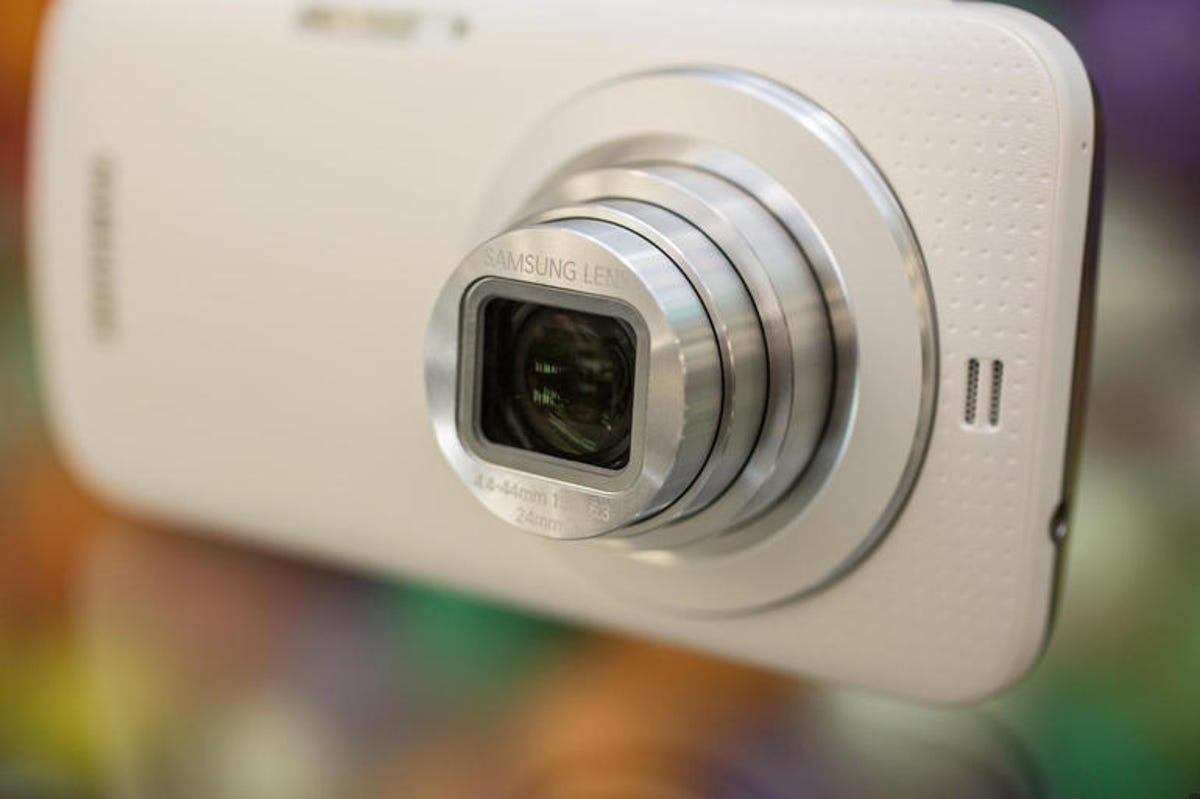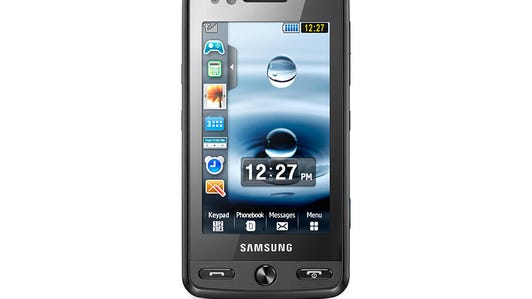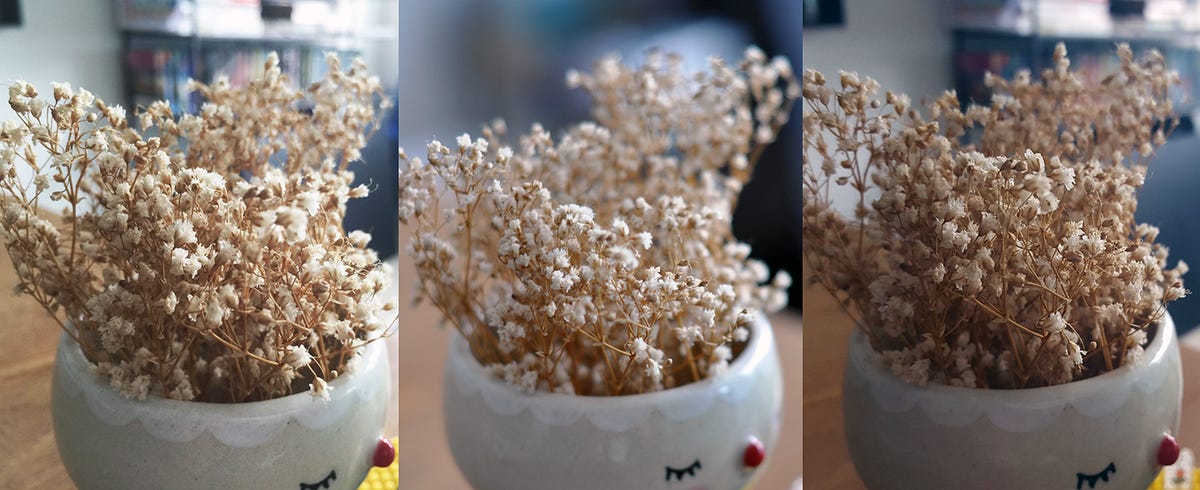
CNET
Forget about a curvy display or even the processor. As far as I’m concerned, it’s the camera that has all the smartphone’s most advanced tech, and also its most socially important. Taking a picture and sharing it has become a central part of our lives.
Selfie sticks are everywhere, there are a ton of camera editing apps and filters that come with the phone or that you can download from your app store, and photo-centric sharing services like Facebook and Instagram dominate.
It isn’t just tech savvy people who care about photos, either. It’s ordinary people who use pictures to communicate. Even astronauts take selfies while orbiting the Earth!
While it seems like a chicken and egg situation — we wouldn’t be taking more pictures with our phones if we didn’t have good cameras, and we won’t have better smartphone cameras if we didn’t want to take more pictures — the truth is probably somewhere in between.


Maybe you take the smartphone camera for granted; you’re used to it as just another tool. But to me, this is the tech to get excited about. Smartphones are the most prevalent personal technology — how would you feel if you lost your phone? — and cameras are one of the things buyers care about most. Don’t you?
More than megapixels
Technology has advanced to the point where you can get dSLR-quality images from a device that fits comfortably in your pocket, and a lot of that has to do with the quality of the sensor.
Apple has stubbornly stuck to its 8-megapixel iPhone camera , but uses a high-quality Sony sensor and f2.2 aperture. Samsung has proven that you can take great pictures with a larger sensor and more megapixels, in its 16-megapixel Galaxy S5 and S6 . (Perhaps the next version of the iPhone will see a bump in its megapixel count, too.)
It’s not just about the megapixels though. Back in 2008, phones were already equipped with 8-megapixel shooters, but it seemed like a numbers race back then, with less emphasis on image quality. Things started to change when processors improved enough to handle complex image processing, and software features began including filters, and advanced effects such as high dynamic range (HDR).
Smartphone cameras are getting better and better (pictures)







 Enlarge Image
Enlarge ImageAloysius Low/CNET
More importantly (and more recently), smartphone-makers have focused on adding unique camera features to make their phones stand out, proving that the camera is a key feature to invest in. Whether these camera tricks have been successful is another thing altogether. Some early experiments include stuff like 3D cameras on HTC and LG phones (way ahead of their time, I suppose), and Nokia’s risky 41-megapixel sensor on its Lumia 1020 , which gave you detail in spades.
But that’s not all. LG introduced laser auto focus in its devices, while HTC tried out a dual-camera setup that recorded depth data on its One M8 , but was hampered by its choice of a 4-megapixel sensor that led to smaller images. That didn’t resonate too well with consumers — or reviewers — who wanted bigger pictures to crop. These days it’s also common to find built-in optical image stabilization, so you don’t get a blurry image from your hands shaking.
What I’m getting at is that we live in exciting times for smartphone photography, and it’s getting better every day. Steadily, smartphone cameras are beginning to approach the much larger dSLRs. Pocket-size phones will never have as robust a feature set as proper cameras, but with the right lighting conditions, image quality is about on par.
Smile! Smartphone cameras dive ahead
One interesting camera technology that we should start getting on phones soon (I hope) was something I saw at last year’s Mobile World Congress. Corephotonics has a dual-camera setup that uses images from a fixed-focus telephoto camera and a normal wide-angle one to create an optical zoom effect, but without actual moving parts. This is important because smaller smartphones don’t have the room for a digital zoom lens. (Samsung tried it, twice, and it tanked .)


Now playing:
Watch this:
I, 3D camera robot
2:24
I saw the results for myself at a demo session last year and came away impressed. While there’s no word yet on whether this will be available on phones anytime soon, the technology is definitely ready.
There are more exciting features in the works, too, especially with 3D computational photography, technology that uses sophisticated programs to process images far beyond the scope of what the lens alone can do. For example, Qualcomm is working on ways to use the camera lens as a 3D scanner for an entire room. Its R&D group is also using software to help your device understand the things it photographs, like people, scenes and even handwriting.
Cameras on smartphones are diving headlong into a future where we will be able to take impossibly good low-light shots and take super high-resolution images and great 4K videos, as well as use the lens as a tool to gather and process information about our world.


Now playing:
Watch this:
Smartphone cameras get smarter: Inside Qualcomm’s imaging…
1:27
I can’t wait to see how manufacturers continue to innovate, because there are a lot of ways to grow. I suspect we may see a return of 3D capture or sensors that are even larger than the ones you find on smartphones today, though manufacturers will have the tricky problem of figuring out how to keep phones slim and sleek.
So maybe now you agree with me. That old idiom “a picture is worth a thousand words” develops new meaning when the camera in your hand is the tiny one attached to your phone.



